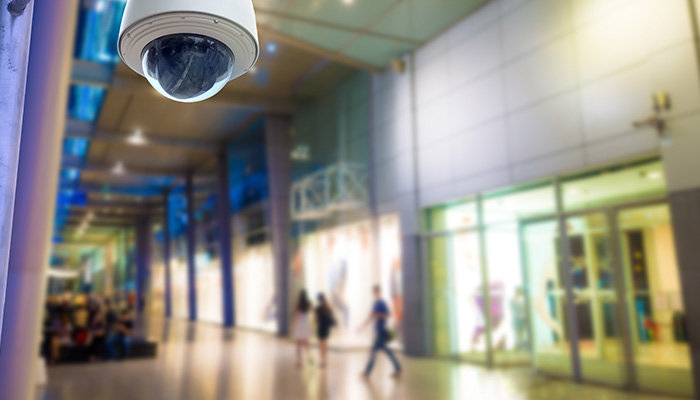Of all the hot topics in the world today, security is at the top of almost everyone’s list. It’s certainly an area that has changed significantly in the past two decades.
There’s no doubt that the rise in global terrorism has affected this viewpoint. We see it in the 24-hour news cycle reports on tragic events in Europe, North America and elsewhere, bringing it into our homes with live updates and never ending analysis. It’s understandable that, as a society, we feel more vulnerable than ever before.
Its more than just physical security
What is often lost in all the noise around global events is that it’s not just terrorism that’s fuelling concern around security. We live at a time when there are multiple threats, one being the security of our own identity.
Think about the vast number of scams you hear about in the press. Whether its card skimming at an ATM, identity theft through stealing something as simple as your mail, or the steady stream of unscrupulous operators who take your personal details and sell them to the highest bidder, the threat to your identity is multifaceted.
As our lives become busier, the security challenge becomes wider. Think about the environments we all frequent daily – office buildings, childcare centres, retail outlets, and even our own homes – they are all part of the story when it comes to the security of our communities.
Governments work tirelessly at improving security, dealing with an ever-increasing range of new and innovative threats and risks, as do businesses in a range of industries. They have a duty of care to ensure that all reasonable measures are taken to protect our communities and industries. But where does this duty of care end? Is it purely physical security from terrorism? Does it also include protecting the community from online threats like identity theft? To me, public safety encompasses all of these areas and more.
Certainty of identity
In all the challenges I’ve mentioned above, providing certainty of identity is a key part of the solution. We already experience this today: The vast majority of us carry some form of identity, and we also have online identities. We’ve become conditioned to providing proof of identity for a range of processes such as applications in banking, accessing Government services… the list goes on.
What has changed dramatically is the speed, automation and variety of methods available to confirm our identity. Like many areas of our society in the digital age, technology will play an ever-increasing role in removing uncertainty and abuse of identity.
Biometrics is one of these technologies. We’re already seeing this today. Think about processes such as customs at a range of airports across the world. In Australia we already use biometric identification as part of the customs clearing process.
The real value of biometrics as part of the security process is that it requires the original to be presented. Personal details, passwords, PIN numbers or ID cards, can be duplicated or stolen. The use of biometric credentials such as a fingerprint, face or iris require you to be present, making it the most secure form of identification available. The entire biometric industry is underpinned by internationally recognised global standards, designed specifically to ensure the integrity of the technology.
Technology will provide greater certainty
Most of us use a biometric identifier today to unlock our smart phones, so it’s easy to see how this could be applied to accessing everything from an ATM to a child care centre faster and more securely than ever before. The reality is that it will soon become like many other new technologies – a part of everyday life.
Innovative technology has always been, and will continue to be, crucial in delivering a more secure environment. Biometric solutions are a key component in answering the challenge of certainty of identity, in both our personal and professional lives.

